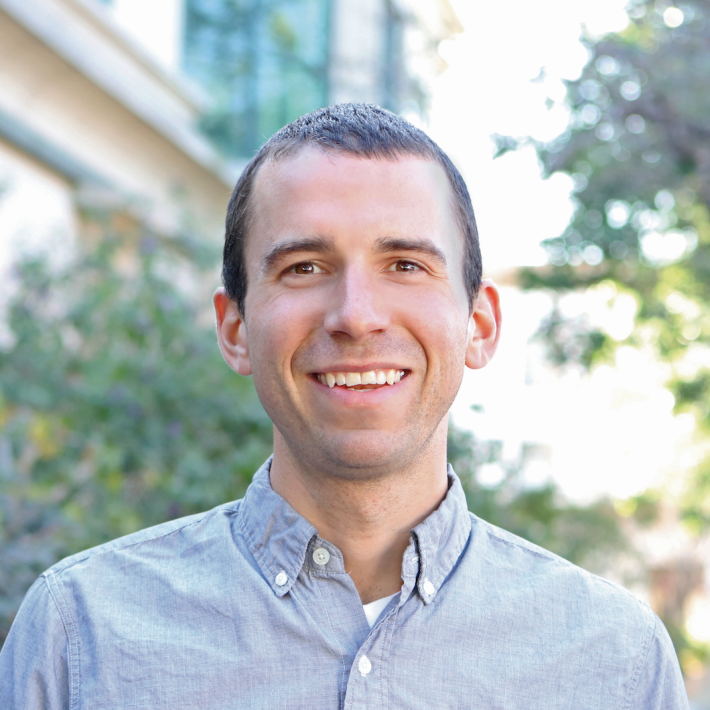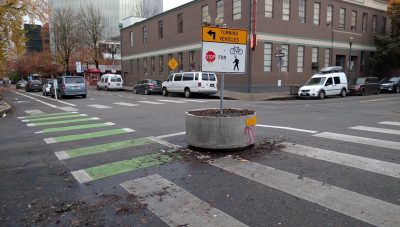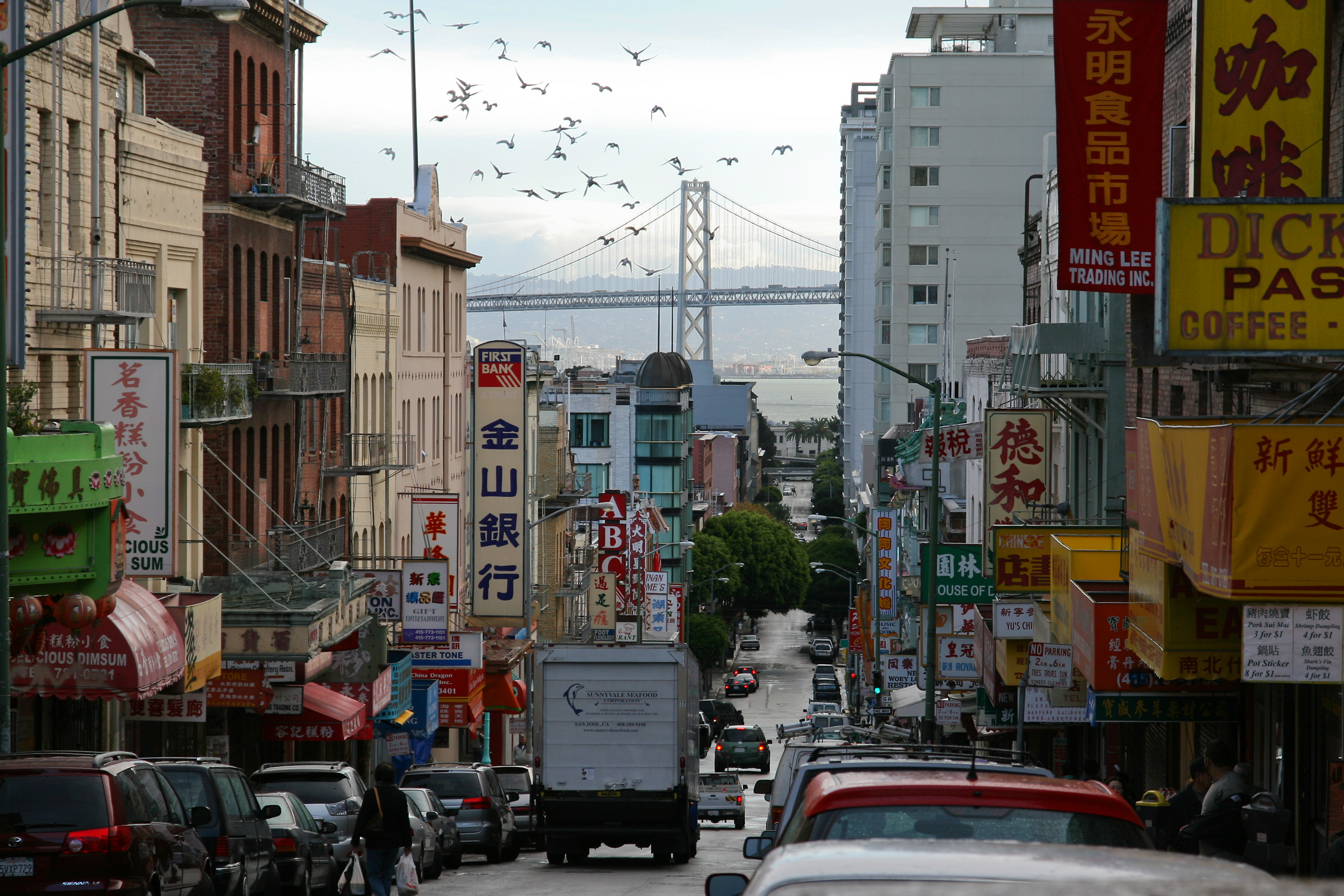Note: GJEL Accident Attorneys regularly sponsors coverage on Streetsblog San Francisco and Streetsblog California. Unless noted in the story, GJEL Accident Attorneys is not consulted for the content or editorial direction of the sponsored content.
Mayor London Breed’s recent pressuring of the San Francisco Municipal Transportation Agency (SFMTA) to kill bike lanes in Chinatown from the new, in-development citywide bike plan is a dangerous and destructive precedent. It demonstrates a lack of vision by the mayor and other city policymakers and is flawed public policy.
Ironically, considering it was done at the behest of merchants, it will also decrease revenue for local businesses. Decades of studies and data show us as much.

A robust and connected network of protected bike lanes and traffic-calmed streets results in more people biking and shifting trips from cars to bikes. This reduces car traffic, demand for car parking, climate emissions, money spent on transportation and roads, and roadway crashes (including for car drivers). It increases spending on merchant corridors, since people biking and walking are more likely to pop into a local shop rather than just drive past.
We also know—from studies and polls of San Francisco voters—that the vast majority of people support installing a connected network of protected bike lanes.
So, if connected networks of protected bike lanes help local businesses and reduce car traffic, how can the city create such a network and get people to support its implementation?
First, there must be a vision and framing that speaks to merchants and people who use cars. A connected network of protected bike lanes will enable hundreds of thousands of San Franciscans to use bikes for everyday transportation, which will result in less car traffic. By making children, families, and people of all ages and abilities feel safe biking independently, we’ll make driving easier for people who still need to use cars.
Second, there must be a sustained effort to reach people who are less engaged and want to bike but don’t feel safe doing so currently. These people overwhelmingly support policies and infrastructure improvements that make protected bike lanes a reality.
Engaging and activating these people isn’t easy. I know, because I was one of the organizers behind the efforts to make the Car-Free, JFK Promenade permanent. I also work on making the Upper Great Highway a permanent oceanfront park, and getting curbside protected bike lanes installed on Valencia Street and Arguello Boulevard. This work is challenging and daunting, but it’s critical.
Third, the bike plan must prioritize protected lanes where people are already biking and build out from there, connecting to other parts of the city using best-practice designs—such as curbside protected bike lanes, sidewalk-level bike lanes, and protected intersections. As much as San Francisco loves to reinvent the wheel, we must resist that urge and build what's proven to work around the world.
And, critically, these protected bike lanes must be part of a continuous network. Leave gaps in the network, and people will still feel unsafe biking. This requires protected bike lanes throughout the city, including Chinatown.

We must commit to the plan using materials that are easy to source and install. New York City, Cambridge, Massachusetts, and Paris, for example, have used relatively inexpensive and easy-to-install materials to build protected lanes in weeks rather than years. By committing and implementing faster, we will see the benefits and that will build support for more. Voters will want us to continue.
What’s missing in San Francisco is a politician with the willingness to fight for that vision. The person who’s willing to be that leader will create their own legacy and be remembered for transforming San Francisco’s streets into safe, equitable, and sustainable public spaces for all.
Which mayoral candidate will step up?
Luke Bornheimer is a sustainable transportation advocate.





